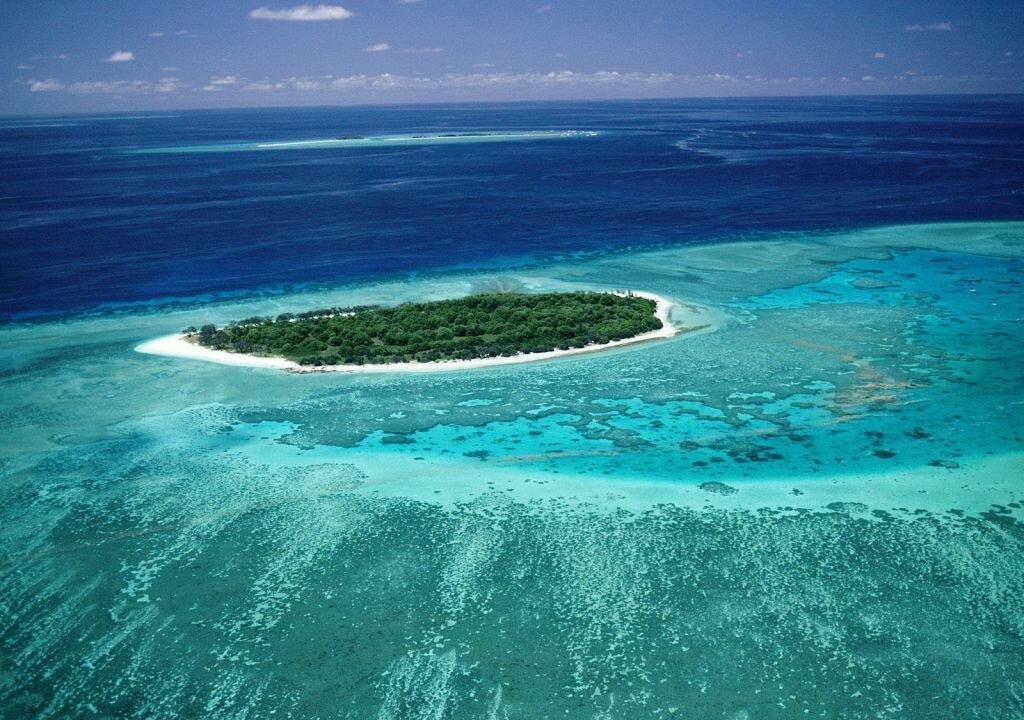The World Heritage Committee has granted Australia an extension so that it can address significant challenges facing the Great Barrier Reef, including “coral bleaching” and has offered Australia a potential opportunity to prevent its inclusion on the endangered list.
The United Nations World Heritage Committee has formally excluded the Great Barrier Reef from its “in danger” list, yet Australia continues to face scrutiny to demonstrate its commitment to safeguarding the reef from environmental threats.




